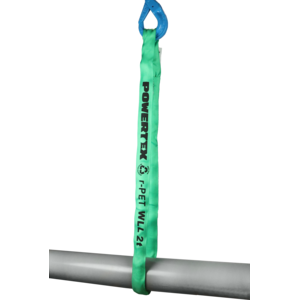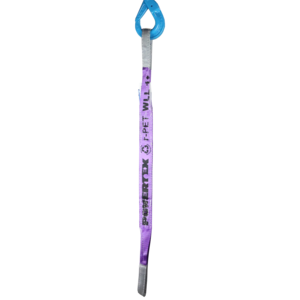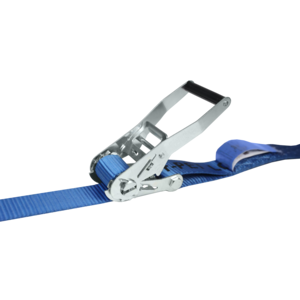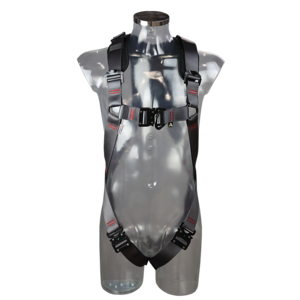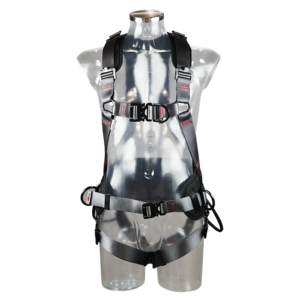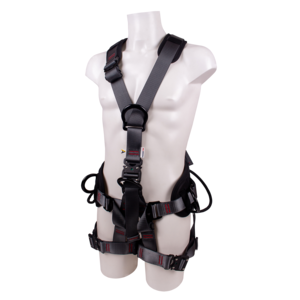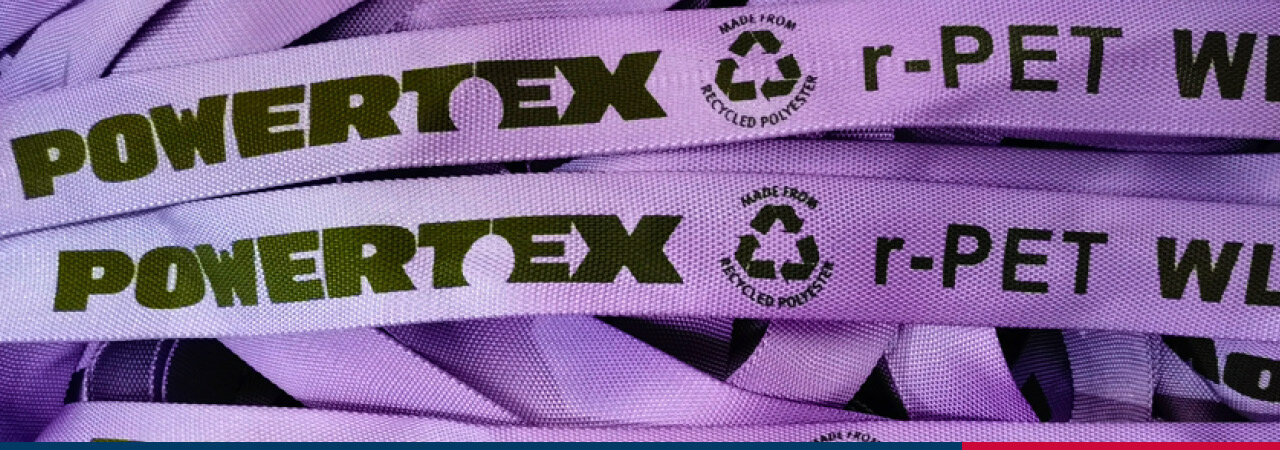
r-PET - polyethylenterephthalat
Many of our new POWERTEX textile products are named r-PET, but what does that mean?
r-PET stands for recycled polyethylene terephthalate made from PET bottles.
PET is the same as polyethylene terephthalate, which is the preferred material for producing plastic bottles. PET is a type of plastic commonly used in the production of carbonated beverage, water bottles, food containers and various other consumer products. PET provides very good alcohol and essential oil barrier properties, generally good chemical resistance and a high degree of impact resistance and tensile strength.
How to turn bottles into fiber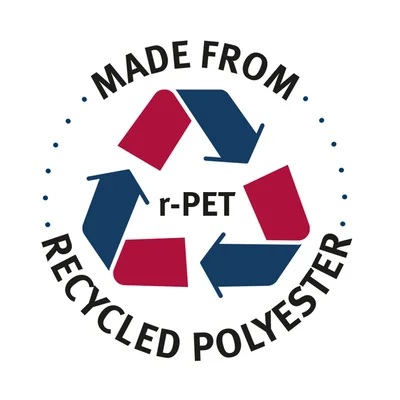
To turn PET bottles into fiber that can be used in textile products, these steps are typically involved in the recycling process:
Collecting and sorting: Used PET bottles are collected from various sources, such as recycling bins and waste collection centers. They are then sorted to remove contaminants and non-PET materials like caps, labels, and other plastics.
Cleaning and shredding: the sorted PET bottles are thoroughly cleaned to remove any remaining residue, such as labels, adhesives, and food particles. After cleaning, the bottles are mechanically shredded into small pieces, typically referred to as “flakes” or “chips.”
Melting and extrusion: The PET flakes are melted at high temperatures to form a molten plastic material. This molten PET is then extruded through a spinneret to create long, fine strands or filaments, which are similar to those used in traditional textile production.
Drawing and cooling: The extruded strands are drawn and cooled rapidly to solidify the material. This process helps orient the polymer chains within the PET, enhancing the strength and durability of the resulting fiber.
Cutting and finishing: Once the strands have cooled and solidified, they are cut into shorter staple fibers or spun into continuous filaments, depending on the desired product. The fibers may undergo additional processes like crimping and texturing to improve their texture and appearance.
Spinning and weaving: The recycled PET fibers are then spun into yarns or threads, which can be used in weaving or knitting machines to create textile products such as fabrics, clothing, and other goods.
End-product manufacturing: The recycled PET threads can be used to manufacture various textile products, including clothing, bags, upholstery, and webbing. These products can have similar properties and quality to those made from virgin PET, but with a reduced environmental impact due to the use of recycled material.

By recycling PET bottles into fibers and textile products, we can reduce the demand for new plastic production, conserve resources, and minimize the environmental impact associated with plastic waste. This process is part of a broader effort to promote sustainability and reduce the environmental footprint of the textile industries.
Below you will find our selection of POWERTEX products, which are manufactured with r-PET
 Do you have any questions?
Do you have any questions?
If you have any questions, please send us a message and we will be happy to help.
Textile lifting slings
Why do round slings and webbing slings have different colours? And how do you use these safely? Find the answers in our articles on textile slings!
What does the abbreviation RFID mean?
You probably often come across the statement that your lifting equipment is equipped with an RFID chip, but do you know what it is? Otherwise, read more here.

